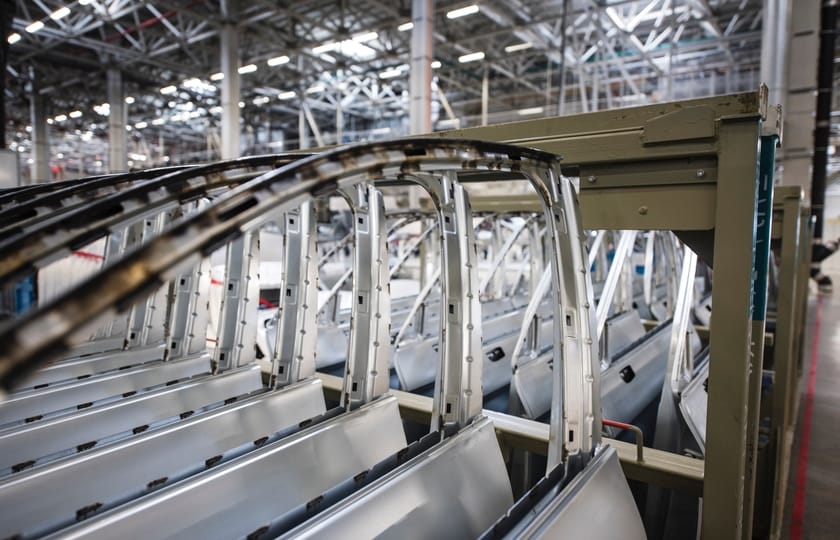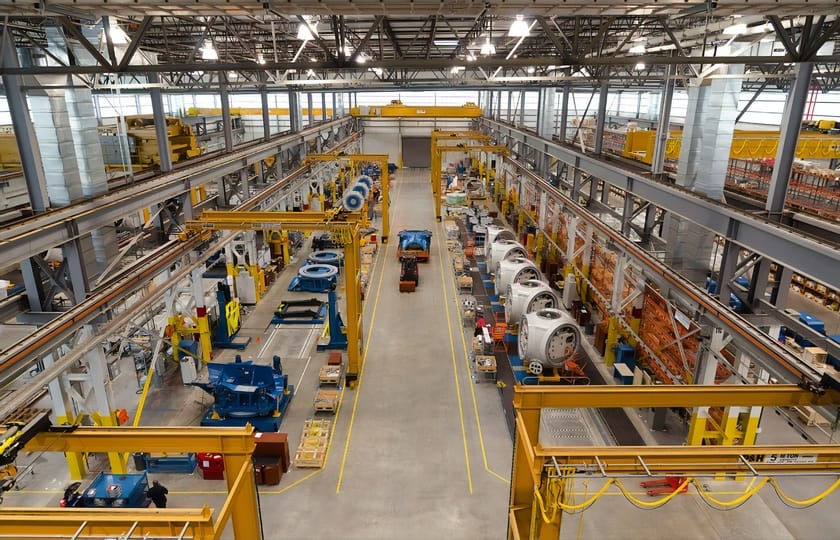PlantStar BLOG
Lights-Out Manufacturing Part 2: Process Benefits
May 22, 2020 1:45:08 PM / by PlantStar Team

In Part 1 of our lights-out manufacturing series, we briefly discussed what lights-out manufacturing is and introduced you to the key benefits of such an approach. Today we want to look a bit deeper into the nuances of lights-out manufacturing processes and look more closely at some specific benefits that ultimately result in the over-arching cost saving and its improved efficiency goals.
An Overview of Lights-Out Manufacturing
Lights-out manufacturing is an approach to manufacturing in which a production facility is fully automated and the need for human intervention is all but eliminated. The actual term “lights-out” comes from the idea that in a fully automated facility, there is no longer a need for frivolous amenities such as lighting, as robot unions have yet to be invented and for now they are perfectly content with working long hours in the dark. At first glance, this seems like a dream come true for manufacturers, but in practice, as many early adopters have found, the challenges can be too much and oftentimes outweigh the benefits. We will take a closer look at some of these challenges in Part 3 but for now, we want to explore the positive aspects of the illusive world of lights-out manufacturing.
In a lights-out factory, robots and computers run the show. There is little to no need for low-skilled labor and, as a result, many of the resulting labor costs and challenges are gone. Having the ability to turn off the lights while production activities continue is only the tip of the iceberg when it comes to the ultimate driving force behind the goal of a fully lights-out facility. Below are several additional benefits associated with a fully automated manufacturing operation.
Benefits of a Lights-Out Approach
Decreased labor expenses.
While it goes without saying that having fewer workers results in lower wage expenses, but it also means lower costs in terms of employee training, time off, and providing employee benefits and workplace amenities. Manufacturing Execution Systems can directly impact the bottom line as an example.
Greater production consistency.
Machine workers are more consistent in their production than human workers, simple as that. This in turn reduces the need for quality control, further expanding on the benefit.
Energy efficiency.
With robots in charge of production, factories are able to cut back on air conditioning, lighting and ventilation expenses. While small in itself, expenses like keeping a soda machine in the break room or a radio on in the sitting room can add up over time.
Increased capacity.
With lights-out production, manufacturers can get more done with less. Machines are able to continue production throughout the night and space previously allocated for human workers such as break areas and restrooms can now be utilized for more productive uses.
Faster adjustments to changes in customer requirements.
While many machines are one-trick-ponies, some can be programmed for a variety of uses. Should a new customer order come in that requires a completely different means of production, these machines are able to quickly pivot their operation as opposed to having to bring on a new human worker with an entirely different skill-set.
This list is by no means exhaustive, but it does provide an introduction into the allure of having a fully automated, lights-out production facility. Be sure to subscribe to our blog to stay up-to-date with the rest of the articles in our lights-out series and see ongoing information about ways to increase your shop floor productivity!
Topics: lights-out manufacturing
Subscribe to Email Updates
Posts by Topic
- Manufacturing Execution Systems (38)
- manufacturing solutions (16)
- MES 101 (13)
- Industry 4.0 (11)
- improve efficiency (10)
- Plastic Molding (9)
- Plastics Technology (9)
- mes software (9)
- mes solutions (9)
- MES hardware (8)
- Shop Floor Production (8)
- digital transformation (7)
- Reduce scrap (6)
- data-driven-decisions (6)
- Medical molding (5)
- lean manufacturing (5)
- process monitoring (5)
- product quality (5)
- lights-out manufacturing (4)
- manufacturing dashboard (4)
- production monitoring (4)
- ERP integration (3)
- Shop Floor Safety (3)
- supply chain management (3)
- Injection Molding Technology (2)
- defect collection (2)
- machine mes (2)
- process variables (2)
- digital strategy (1)
- labor gap (1)
- throughput (1)
Related Articles



